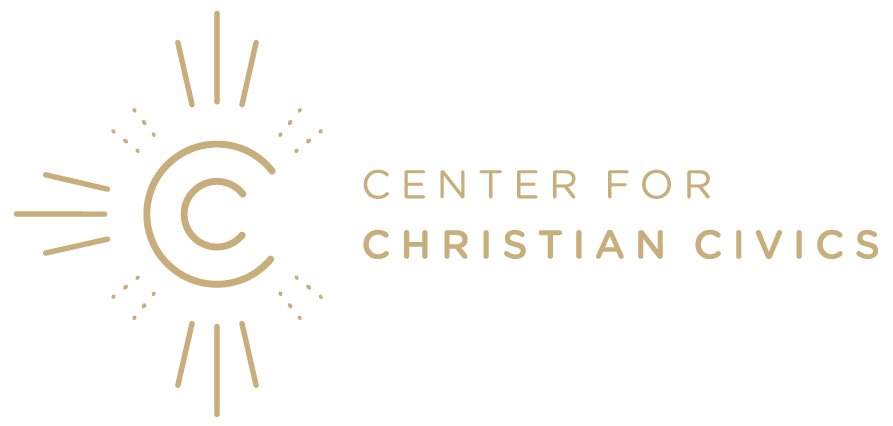Checks and Balances in American Government
When looking at the American political system from a bird’s eye view, it becomes clear how concerned the Founding Fathers were with preventing abuses of power. They were eager to shed the tyrannical standards of their European lineage, and equally eager to avoid creating new forms of tyranny by accident. After all, lofty democratic ideals are no good if those ideals can be undermined by corruption.
To prevent abuses, the framers of the Constitution carefully set up a government with built-in mechanisms to check power and hold leaders accountable. The most central of these mechanisms is known as the separation of powers.
The Federal government is divided into three branches: the executive, legislative, and judicial. Each branch has different duties and responsibilities. This system avoids large concentrations of power with any one person or group, and it establishes a system of checks and balances wherein each branch is held accountable by the other two. (For example, a tyrannical president who is failing to represent the people could be impeached by the Congress.) This system is now commonplace around the world, but at the time of our nation’s founding it was revolutionary.
Let’s dig into what each branch is tasked with doing:
The legislative branch—comprised of the Senate and the House of Representatives—enacts the laws of the state and appropriates the funds needed to operate the government (largely through taxing and borrowing). Congress also has the sole power to declare war, ratify treaties, and set up federal courts.
The executive branch, headed by the President, is responsible for implementing and administering public policy. Any law Congress writes must be signed by the president to take effect, and the president has the power to veto laws as well. The president also appoints judges, wages war, and makes official declarations and executive orders.
The judicial branch interprets the laws and Constitution in disputes, and applies these interpretations to the cases they decide to hear.
Built into each of these roles are implicit checks on other branches—the president’s veto, the Supreme Court’s ability to overturn law, etc. All these are meant to prevent the abuse of power.
Given the relative stability of our government over the course of the last 240 years, it is safe to say this was a successful idea generated by a group of forward-thinkers. However, that does not mean the system of separation of powers is without fault. Because the powers to govern are divided and spread among the various branches of government, all three branches must function for the system to work properly. The recent failure of Congress to perform basic duties has disturbed the equilibrium of power, forcing the executive and judicial branches to pick up the slack. This is a worrisome shift: The executive and judicial branches are not allowed to assume legislative responsibilities and are limited in their ability to make substantive contributions in areas that are intended to be Congress’ responsibility.
However, it is no secret that the American people are deeply frustrated by the lack of progress on so many of the major issues currently facing our government. Between the President’s deadlock with Congress, Congress’ lack of bipartisan relations, and the general increase in political polarization, very little is being done to solve problems. The system of checks and balances is necessary and good, but when dysfunction occurs there is little way of righting the wrong and the people may ending up paying for that. This demonstrates the serious need for citizens to stand up against hyper-partisanship and work together, often across party lines, to solve problems.

